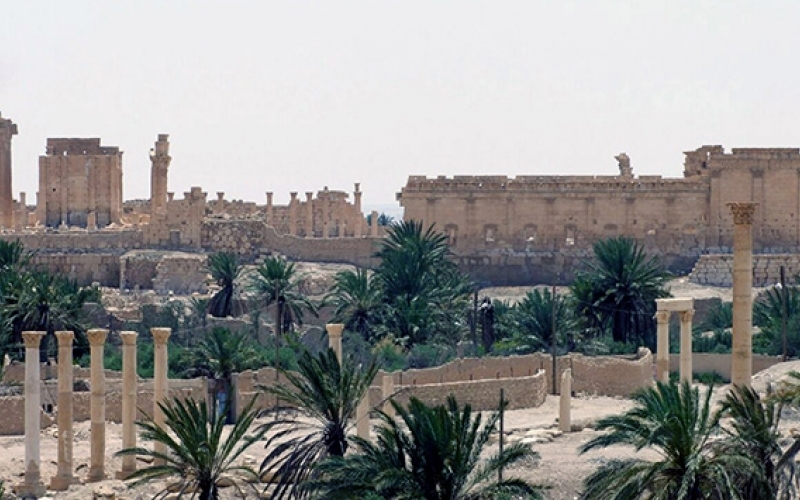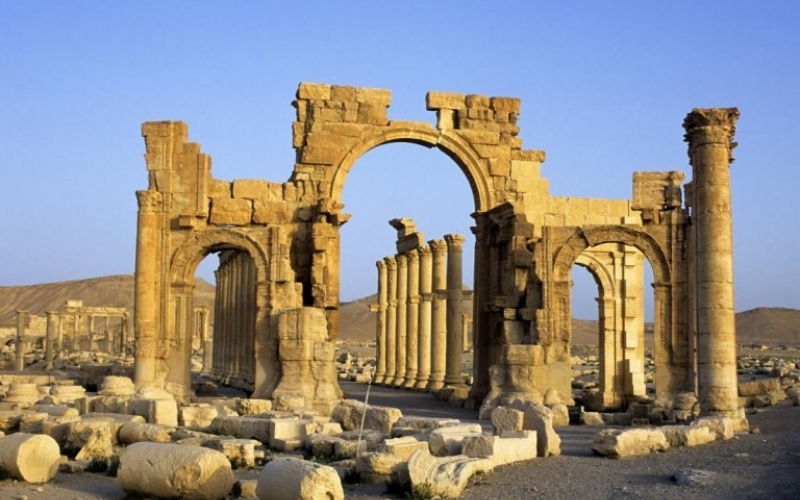ince March 2011 Syria has gone through a traumatic process that has strained the ethnic, sectarian, and social fabric of the country—almost all that makes Syria a unified state with a people who share a common history, goals, and aspirations—to beyond the breaking point. Much of the country lies in ruins today, and its cultural heritage has been a deliberate casualty of the conflict from its earliest days.
The changing nature of the conflict in 2012 to one of armed confrontation between regime and opposition resulted in a power vacuum and breakdown of law and order in many parts of the country. This situation, coupled with the collapse of many basic services traditionally provided by the state, helped facilitate damage to Syria’s cultural heritage. A local population desperate for sources of income intensified looting at such sites as Apamea, Dura-Europos, and Mari, particularly early in the conflict. This has been clearly demonstrated in the before-and-after satellite imagery taken of the sites. The fighting has also damaged archaeological sites and monuments; ongoing military operations from both sides have left many in ruins. Much of the old city of Aleppo and the Crusader castle of the Krak des Chevaliers, UNESCO designated world heritage sites, have suffered severe damage.


